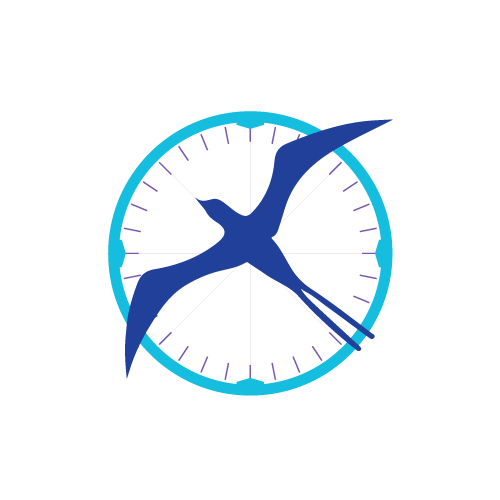E lawe i ke aʻo a mālama, a e ʻoi mau ka naʻauao (1)
He who takes his teachings and applies them increases his knowledge“All we want is a better future for our children – a future that is good for everyone” (2)
Pre-launch Checklist
What do I need to think about during this module?
- Given all that you’ve learned – how can you use this new knowledge to make a difference in child health in the Pacific?
- What could you do differently moving forward in your current work?
- Has this sparked some new interests?
- What will you do next in your educational/career path?
By the end of this module, you will be able to...
- Self-identify personal position within the cultural competency/cultural safety continuum through a self-assessment at the end of this lesson
- Describe specific leadership skills necessary when approaching a community and designing a health message in the Pacific region
- Analyze the socio-ecological factors influencing child health in a particular setting
- Identify approaches to engage various sectors of a Pacific community to promote child health
(1)Pukui, M. K., & Varez, D. (1983). ‘Ōlelo No‘eau: Hawaiian proverbs & poetical sayings [328]. Honolulu, Hawai’i: Bishop Museum Press.
(2)dé Ishtar, Z. (1994). Daughters of the Pacific (p. 196). Victoria, Australia. Spinifex Press Pty Ltd.
